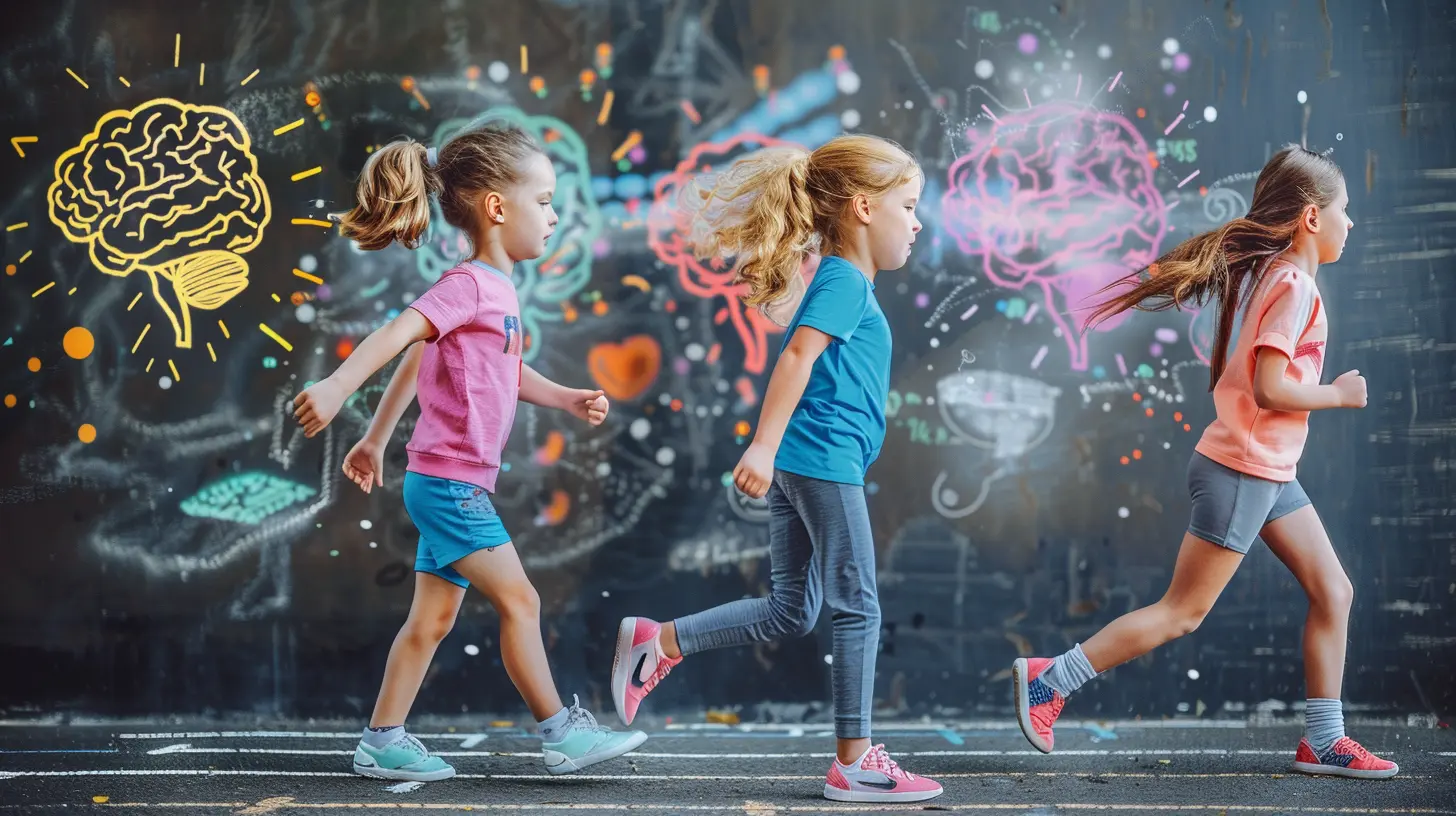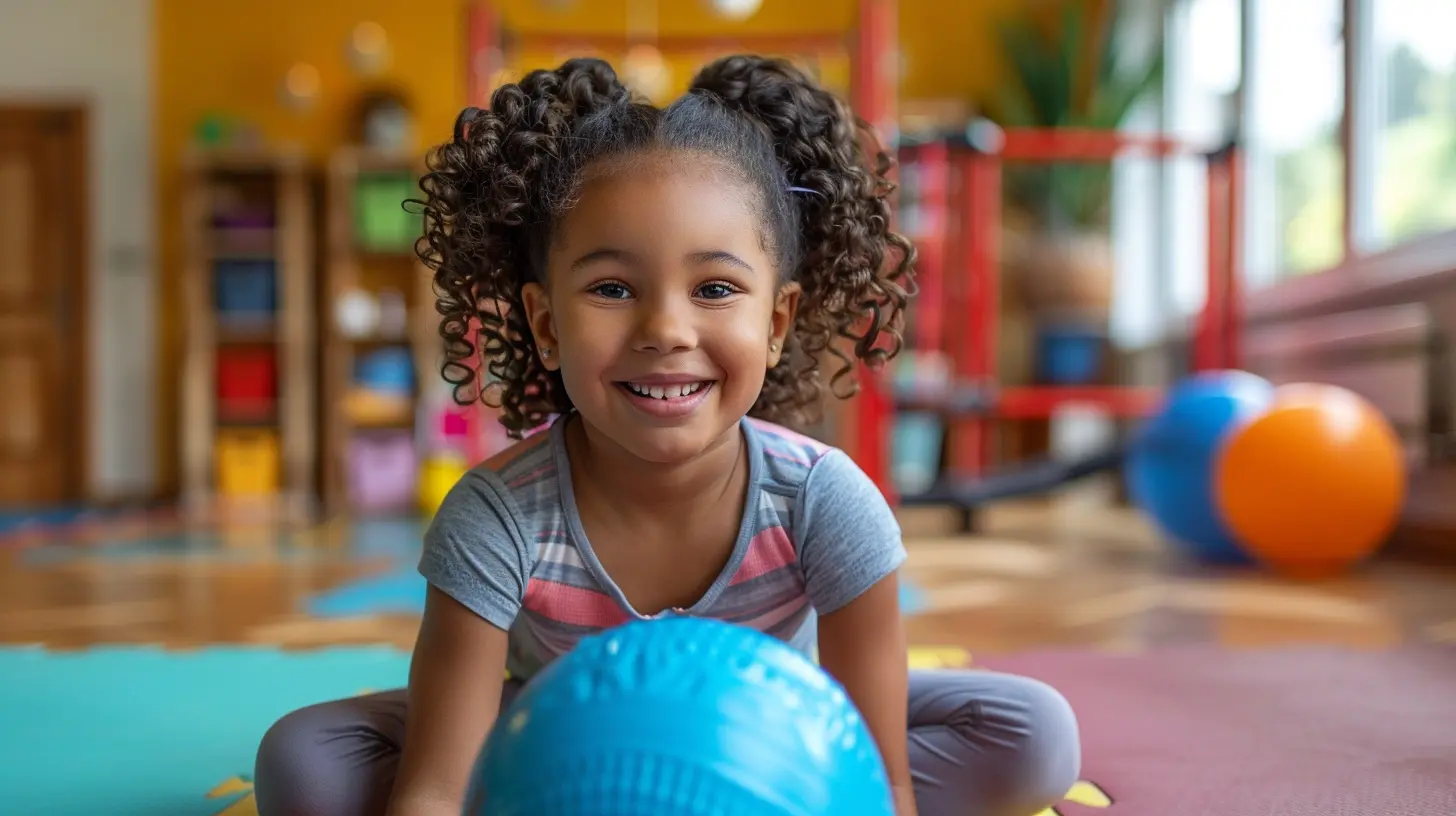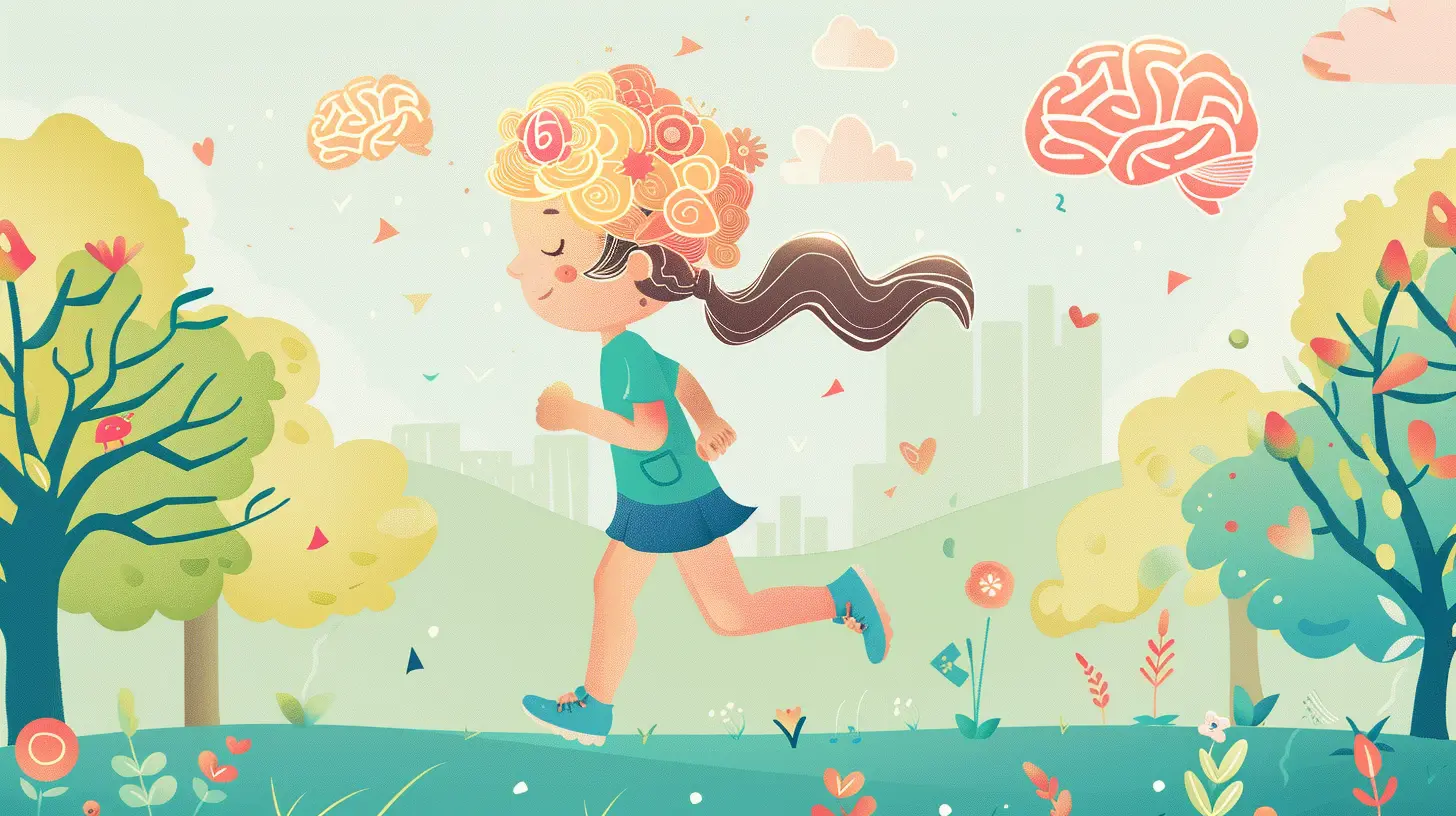How Physical Activity Influences Your Child's Brain Development
17 June 2025
Let’s face it—parenting is a full-time job (and then some). Between managing schoolwork, screen time, and keeping your kid from eating crayons (again), it can feel overwhelming to keep track of what’s best for their development. But guess what? There’s one thing that packs a punch in almost every area of your child’s growth, especially brain development—physical activity.
Yep, running, jumping, dancing, swimming—even those wild pillow fights—are doing more than just soaking up some of that endless kid energy. They're actually rewiring your child’s brain in powerful ways. Let’s break it down, mom-to-mom, dad-to-dad, or human-to-human (whoever you are, you rock for caring!).
Why Your Kid’s Brain Loves to Move
First off, your child’s brain is basically a sponge with a rocket engine. It’s soaking up information at an insane pace. Adding physical activity to the mix? That’s like giving it premium fuel.When kids move, their heart rate goes up—that extra blood flow pumps more oxygen and nutrients straight to the brain. Think of it like upgrading your Wi-Fi signal: everything just works better. More blood = more brainpower.
But there’s more to it than just circulation. Physical activity actually stimulates the release of brain-derived neurotrophic factor (BDNF). Fancy name, right? Basically, BDNF is like Miracle-Gro for brain cells. It helps build new neurons and strengthens connections between them.
Movement Sparks Learning
You know that classic image of a kid bouncing off the walls after eating candy? That energy, when channeled through play, can supercharge learning. Seriously.Studies have shown that children who are more physically active tend to have better attention spans, improved memory, and boosted problem-solving skills. It’s no surprise schools that incorporate more recess or physical education often see better academic performance.
Ever notice how after a good game of tag or bike ride, your child seems more focused or chill? That’s not a fluke. Moving the body grounds the mind.
Physical Activity Boosts Executive Function
Executive function is just a fancy term for the skills that help us get stuff done—like planning, focusing, remembering instructions, or juggling tasks. Kind of like your daily superpower when you're wrangling kids, groceries, and a coffee in one hand.Physical activity strengthens these very skills in children. We're talking better impulse control, enhanced memory, and sharper decision-making. So, next time your kid’s bouncing off the walls, try a 10-minute dance party. It just might make homework time smoother.
Emotional Benefits? Check!
It’s no secret that kids have big feelings. One moment they’re giggling over spilled milk, the next they’re weeping because their sandwich got cut into squares instead of triangles.Regular movement helps them regulate emotions. Physical activity triggers the release of endorphins—natural mood lifters. Think of endorphins as your child’s internal “happy juice.” Plus, active kids often sleep better, which is critical for managing stress and emotions.
And let’s not forget self-esteem. Participating in sports, learning to ride a bike, or even just mastering the monkey bars gives them a sense of accomplishment. Wins like that build confidence one milestone at a time.
Social Skills Get a Boost Too
Let’s be real. No one wants their kid to be the one sulking alone at recess or struggling to make friends.Physical play—especially the kind that involves teams or groups—builds social skills in sneaky but effective ways. Kids learn how to cooperate, take turns, communicate, and navigate rules. Whether it's kicking a soccer ball or building an obstacle course in the backyard, movement fosters teamwork.
And for little ones who are still figuring out how to express themselves with words, physical activity becomes a universal language. One game of chase, and suddenly they’re best buds.
Age Matters: Movement Through the Ages
Babies (0–1 year)
Tummy time and crawling are not just cute milestones—they lay the groundwork for brain-body coordination. Movement at this age enhances motor skills and spatial awareness. A crawling baby is already hardwiring their brain for more complex tasks later on.Toddlers (1–3 years)
Ever seen a toddler waddle-run like their pants are on fire? That chaotic energy is shaping their cognitive and emotional frameworks. They learn through movement—stacking blocks, chasing bubbles, climbing furniture (no judgment if they’ve scaled the couch).Preschoolers (3–5 years)
At this age, kids start refining their motor skills and learning routines. Imaginative play, like pretending to be a dinosaur stomping through the park, also adds creative brain development into the mix.School-Aged Kids (6–12 years)
Now they’re developing more discipline and coordination. Activities like dance, martial arts, or team sports challenge their brains to strategize, memorize routines, and handle wins and losses—hello, life skills 101!Teens (13+ years)
Even though teens might start resisting family hikes or organized sports, keep encouraging movement. Their brains are still developing into their mid-20s. Physical activity helps them manage stress, boost focus, and reduce anxiety and depression.Screen Time vs. Playtime: Finding the Balance
Oh, screens. Can’t live with 'em, can’t fully ditch 'em.Too much screen time robs kids of the physical play their brains need. While some screen time is okay (especially educational content or interactive play), it shouldn't replace actual movement.
Aim for at least 60 minutes of physical activity each day. It doesn't have to be all at once. A bike ride in the morning, a game of tag in the afternoon, and a family walk after dinner—it all adds up.
Try mixing activities so they don’t get bored. Think of it like a brain-friendly buffet: a little running, some dancing, maybe a nature walk or a karate class.
What If My Kid Hates Sports?
That’s okay! Not every child is the next Serena Williams or LeBron James—and that’s perfectly fine.Physical activity doesn’t have to mean competitive sports. Let them try different things:
- Dance parties in the kitchen
- Hiking and exploring nature trails
- Yoga or animal-themed stretches
- Swimming
- Skating or scootering
- Obstacle courses made out of couch cushions
The goal is to get them moving in a way that’s fun, not forced. The more enjoyable it is, the more they'll want to keep it up.
Tips to Encourage More Movement at Home
You don't need to turn your home into a gym to get your kids moving. Here are some realistic, parent-approved ideas:- Make it part of the routine: Morning stretches or evening walks can become your family’s "thing."
- Set challenges: Who can do the most jumping jacks in 30 seconds?
- Lead by example: Kids mirror what they see. If they see you moving, they’ll want to join.
- Use music: A fun playlist can turn cleanup time into a dance battle.
- Get outside: Nature is the best playground. Plus, it gives everyone a break from screens and walls.
Small Moves, Big Impact
Here's the kicker—children don't need hours of intense workouts to see brain benefits. Even short bursts of physical activity can make a huge difference. A five-minute stretch break between homework assignments or five laps around the kitchen island is enough to wake the brain back up.Think of movement like brain snacks—it doesn’t always have to be a full meal, but regular nibbles keep everything ticking.
The Long-Term Payoff
Encouraging physical activity now sets your child up for a brain that's more adaptable, resilient, and ready to take on challenges. Plus, an active lifestyle is linked to reduced risk of mental health issues, better sleep, and improved learning all the way into adulthood.By weaving movement into their everyday life, you're not just keeping them busy—you’re giving their brains every opportunity to grow strong and smart.
Final Thoughts
Physical activity is more than just play—it’s brain building in disguise. Whether your child is somersaulting in the living room or leading a conga line through the school hallway, that movement is connecting neurons, boosting mood, and shaping their ability to learn and thrive.So next time your kid’s bouncing off the walls, don’t stress. That energy isn't just "kid stuff." It’s brain gold.
Get them moving. Their future brain will thank you (and honestly, so will you come homework time).
all images in this post were generated using AI tools
Category:
Child DevelopmentAuthor:

Maya Underwood
Discussion
rate this article
2 comments
Priscilla McDonough
Engaging in physical activity boosts cognitive function, enhances mood, and supports brain development in children, laying a foundation for lifelong learning.
June 19, 2025 at 3:20 PM

Maya Underwood
Thank you for your insightful comment! I completely agree—physical activity plays a crucial role in enhancing cognitive function and emotional well-being in children, paving the way for their lifelong learning and development.
Parker McGehee
Running boosts brains, not just shoes!
June 17, 2025 at 3:44 PM

Maya Underwood
Absolutely! Physical activity, like running, enhances brain function and development in children, promoting better focus and cognitive skills.


